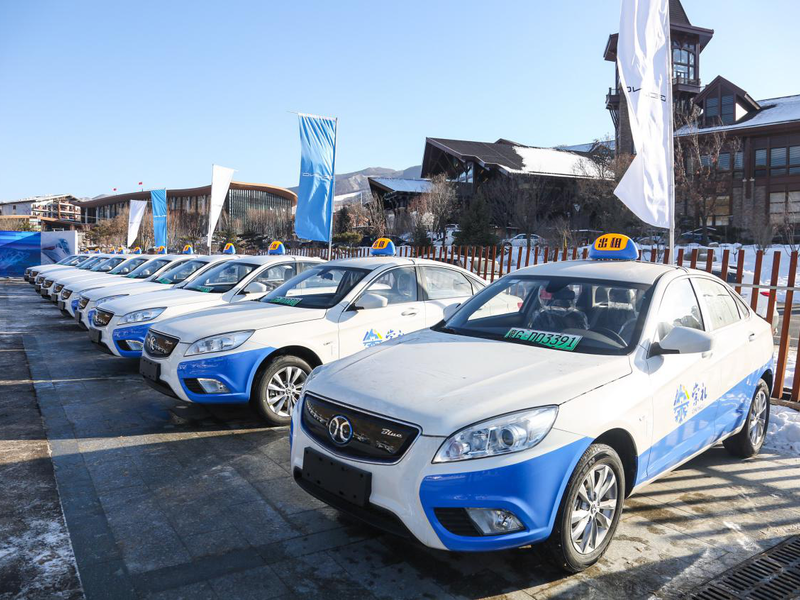
SHANGHAI — Beijing, aiming to help the electrified-vehicle sector pull through the coronavirus outbreak, last month extended subsidies for full-electric vehicles and plug-in hybrids for two more years.
Despite the extra support, electrified-vehicle sales likely will shrink more severely than the broader new-vehicle market in the near future.
It’s already happening. Equally impacted by the viral outbreak, demand for electrified vehicles fell much more than overall new-car and light-trucks sales in March, as well as in the first quarter.
In March, while China’s overall new-vehicle sales slipped 43 percent to 1.43 million, combined deliveries of new EVs and plug-in hybrids dropped 53 percent to about 53,000.
In the first quarter, total new-vehicle sales dropped 42 percent to 3.67 million. Demand for new EVs and plug-in hybrids slumped 56 percent to 114,000.
In addition to the pandemic, China’s electrified-vehicle market hasn’t fully recovered from the blow when subsidies were drastically cut by Beijing in June 2019.
Back then, when it intended to phase out the incentive program by the end of 2020, the government scaled back subsidies for EVs by 60 percent and halved the amount for plug-in hybrids.
With the new cuts, full-electric passenger vehicles qualify for subsidies of up to 25,000 yuan ($3,531) and plug-in hybrid cars are granted a flat 10,000 yuan break.
Even with the latest extension, it’s hard to predict how soon China’s electrified-vehicle market will shrug off the dampening effect of the subsidy cuts.
With the global economy sliding into a recession, oil prices have tumbled. Prices of gasoline and diesel in China have dropped 27 percent and 30 percent, respectively, in the first three months.
For car shoppers, the sharp decline in fuel prices has undermined the appeal of subsidies on electrified vehicles.
It also remains to be seen to what extent the carbon credit program Beijing implemented last year can push automakers to expand electrified-vehicle output.
The program requires passenger-vehicle makers to earn one carbon credit for every 100 vehicles they produce. It allots a fixed two credits for a plug-in hybrid and two to five credits to an EV depending on its range — the longer the range, the higher the credits.
Under the program, carmakers must earn an amount of credits equivalent to 10 percent of their annual output in 2019. The rate will rise to 12 percent next year.
Reflecting the large number of electric cars churned out by Chinese carmakers such as BYD and BAIC Motor Co., China’s passenger-vehicle industry ended 2019 with a surplus of more than 3 million carbon credits, according to a tally the Ministry of Industry and Information Technology released last week.
The huge surplus allows foreign automakers, most of which are short of carbon credits because of limited electrified-vehicle output, to purchase credits from domestic automakers at relatively low prices.
And it explains why most international carmakers are sticking to their global schedules for launching electrified vehicles in China, instead of rushing to develop such vehicles for China only.
The viral outbreak has been largely contained in China since mid-March and overall vehicle sales are widely expected to stabilize in the second half of the year.
But given the lingering impact of smaller subsides, depressed oil prices and the questionable impact of the carbon credit program, China’s electrified-vehicle market probably will need much more time to climb out of the trough.